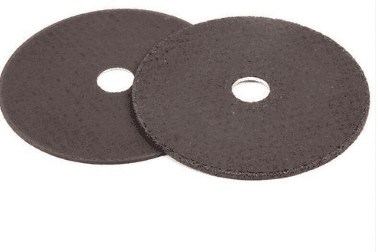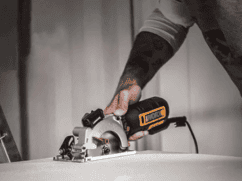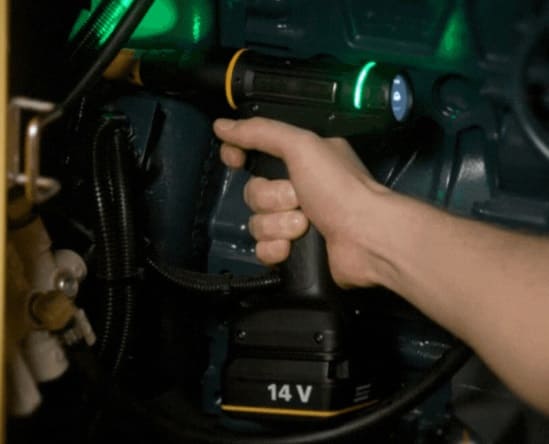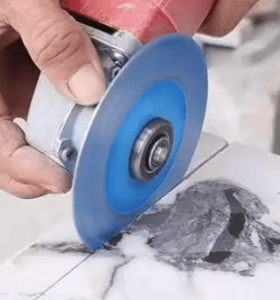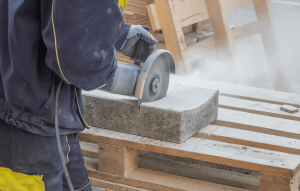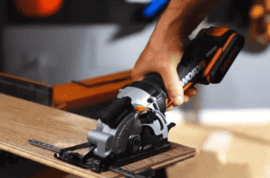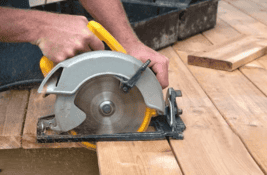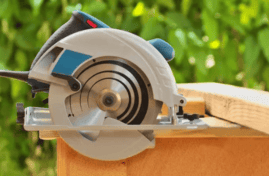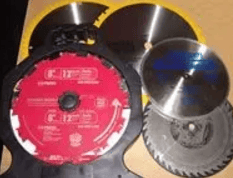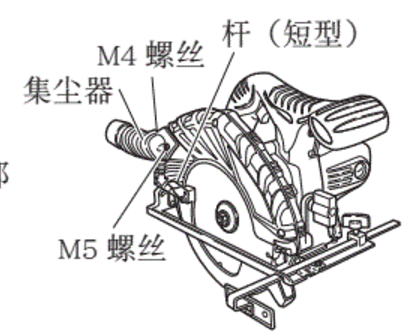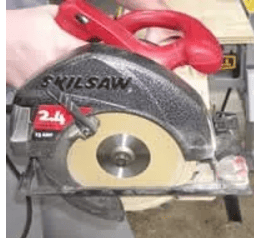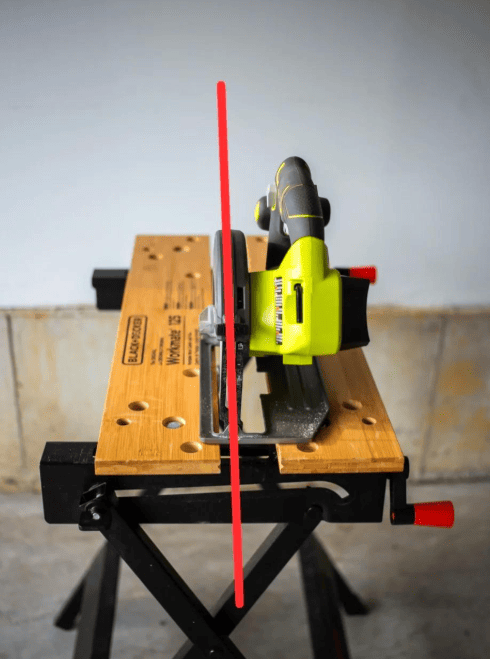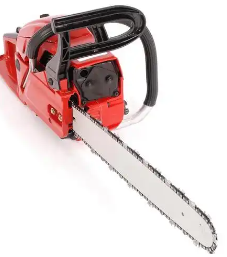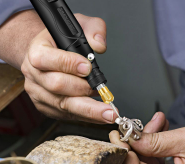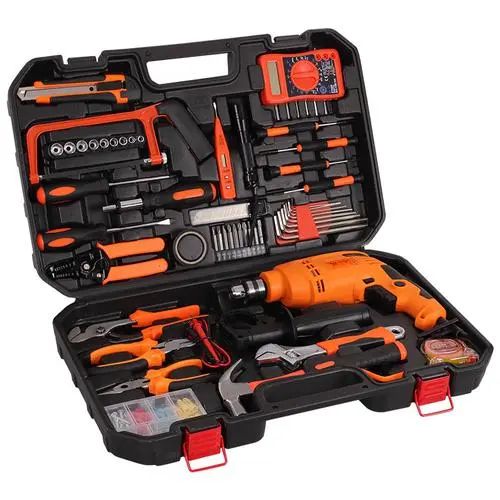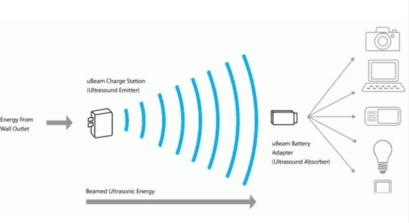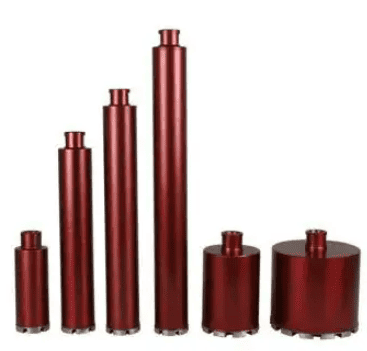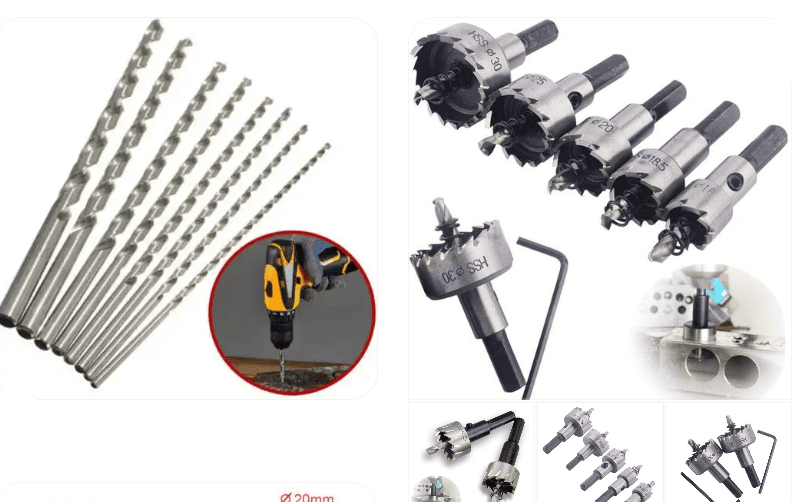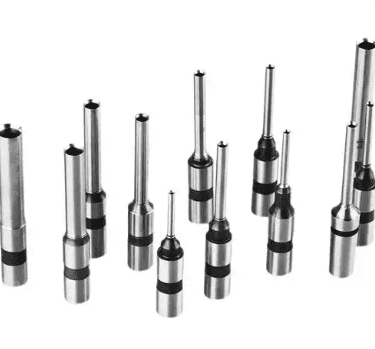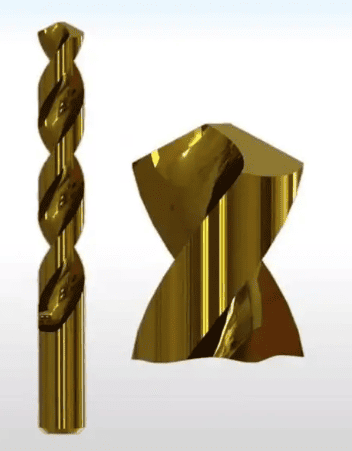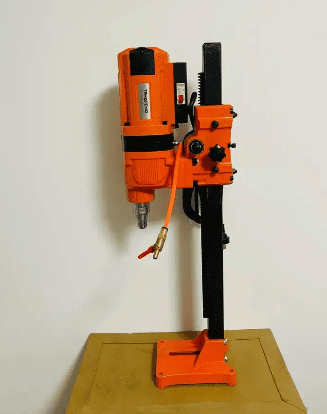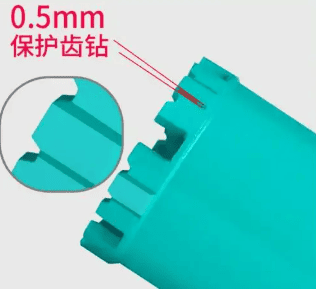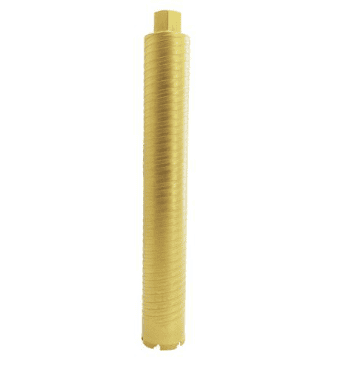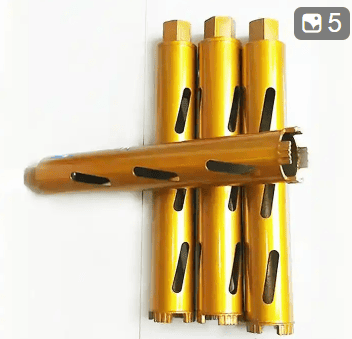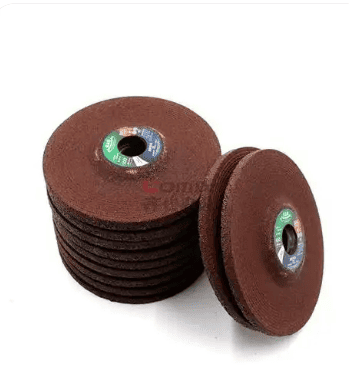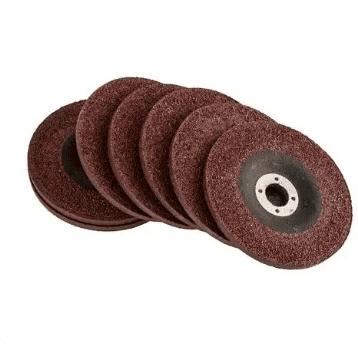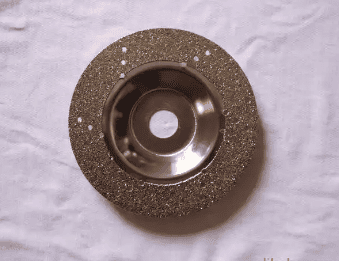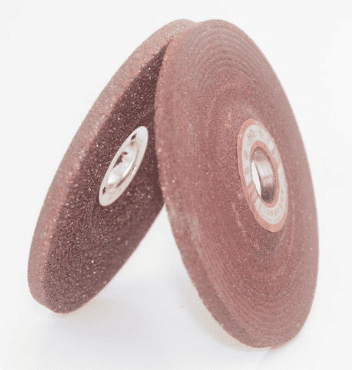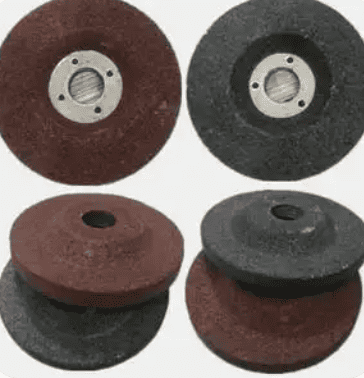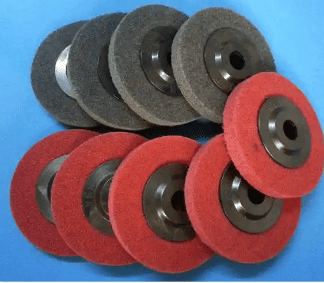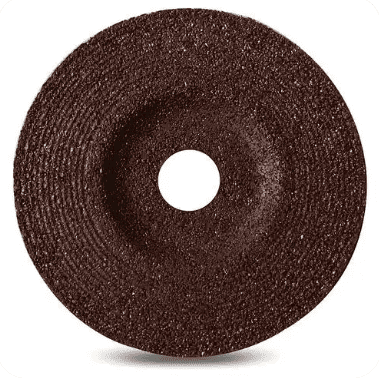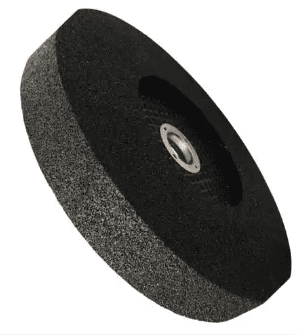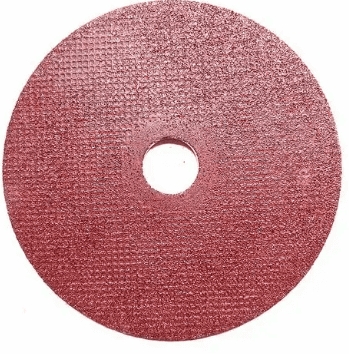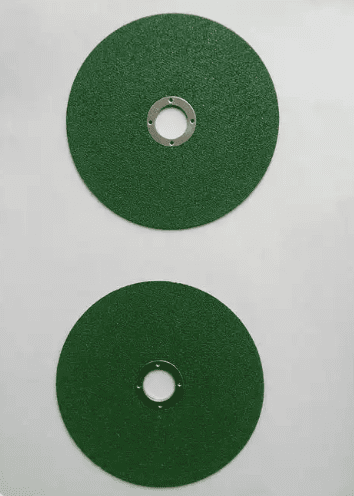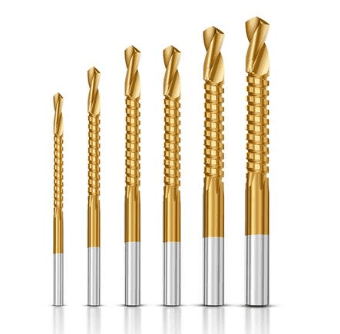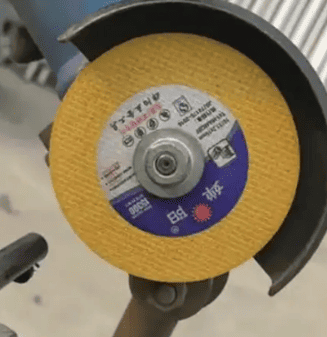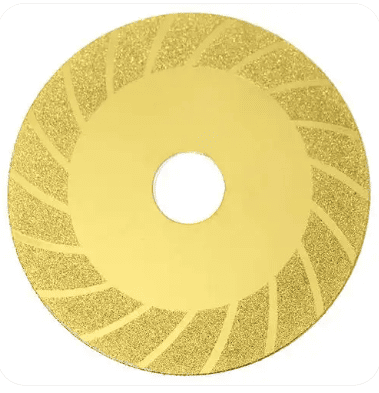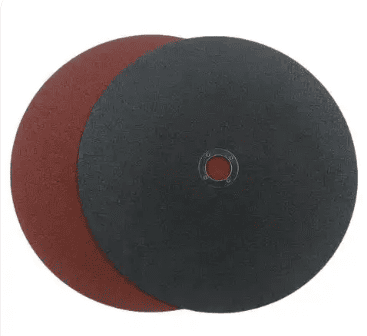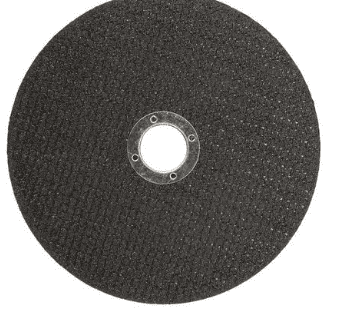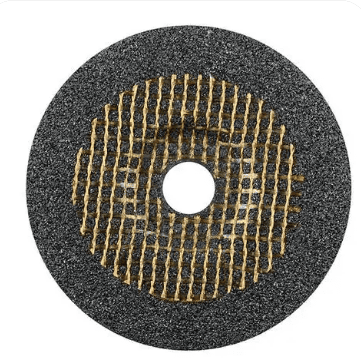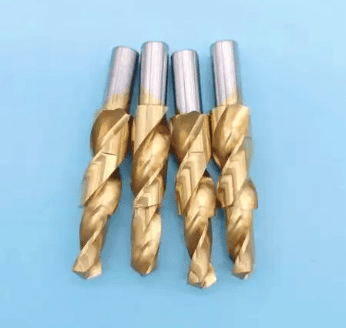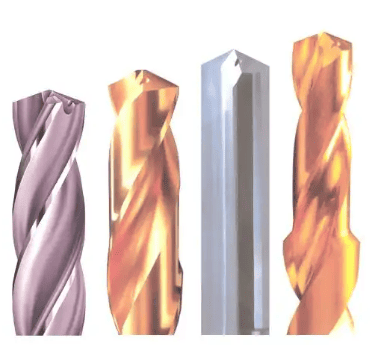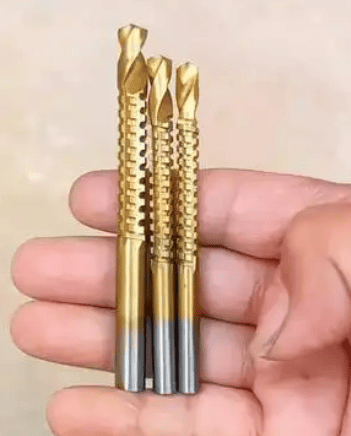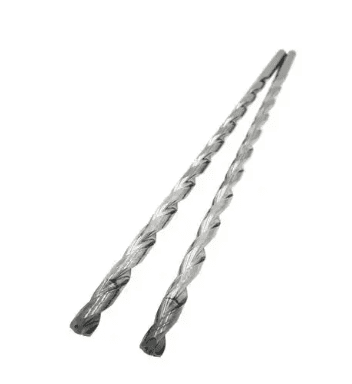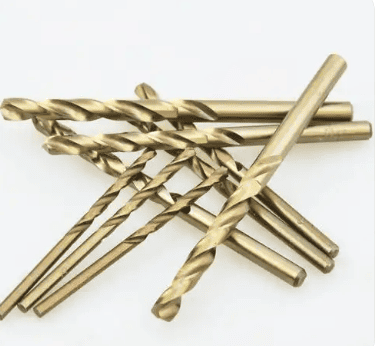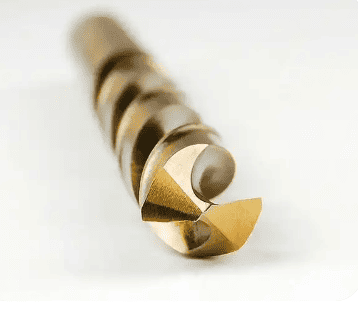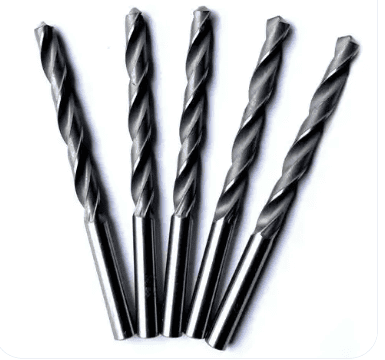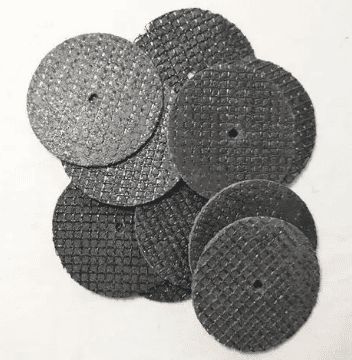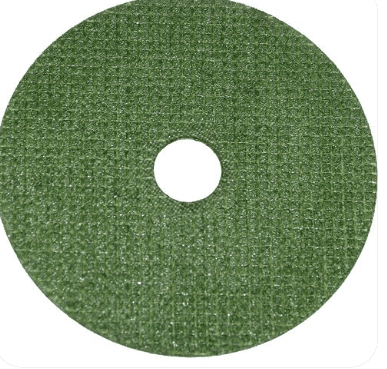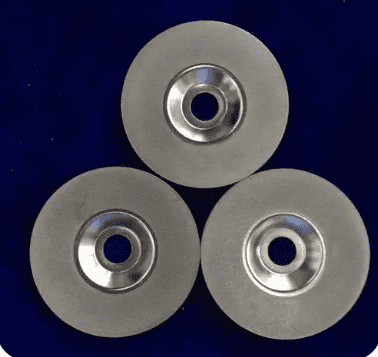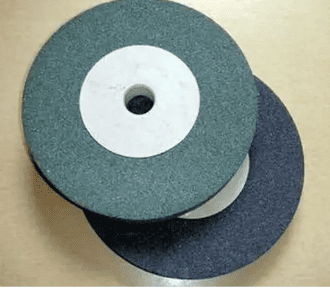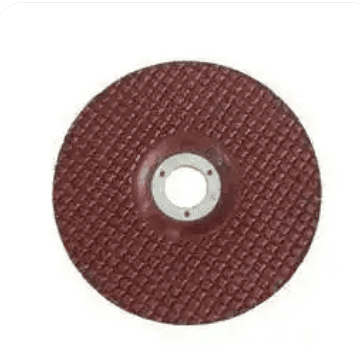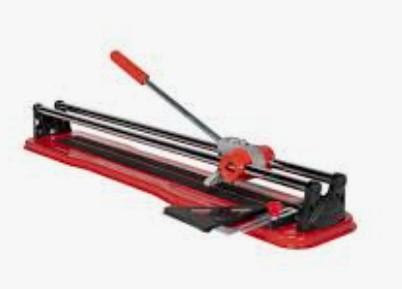What are the specifications and models of cutting discs? How to maintain a cutting machine?
- Ultra-Thin Series: 105×1.2×16mm, 180×1.2×22mm, etc.
- Stainless Steel Series: 100×2×16mm, 400×3.2×32mm, etc.
- Cast Iron Series: 100×2×22mm, 180×1.2×22mm, etc.
- Pneumatic Tool Series: 100×2×22mm, 180×1.2×22mm, etc.
Cutting discs belong to the category of grinding wheels. They are thin sheets made of abrasives and bonding agents (such as resin) and are used for cutting ordinary steel, stainless steel, metals, and non-metallic materials. They are classified into resin cutting discs and diamond cutting discs.
Cutting discs are mainly divided into fiber-resin cutting discs and diamond cutting discs based on material:
- Resin Cutting Discs: These use resin as the bonding agent and fiberglass mesh as reinforcement. They are highly effective for cutting difficult materials such as alloy steel and stainless steel. Available in dry and wet cutting styles, they ensure stable cutting precision. Selecting the right material and hardness can significantly improve cutting efficiency and reduce production costs.
- Diamond Cutting Discs: These are cutting tools widely used for processing hard and brittle materials such as stone, concrete, precast slabs, old and new roads, and ceramics. A diamond cutting disc consists of two parts: the base and the segment. The base supports the segment, which performs the cutting. The segment wears down over time, while the base remains intact. The cutting ability comes from the diamond particles embedded in the segment, which is the hardest known material. These particles are held in place by a metal matrix.
- Always disconnect the power before performing any maintenance or repairs.
- Use the correct blade: Ceramic cutting machines use diamond blades, which should not be used to cut metal or for curved cuts.
- Inspect new blades for cracks, chips, or bends before installation, and test-run after mounting.
- Replace dull blades promptly, as they can strain the motor. Alternatively, use a refractory brick to sharpen the blade.
- Motor protection: If the motor stops automatically due to overheating (S6 duty cycle), wait about 10 minutes before restarting.
- Ensure proper grounding and keep children away from the machine.
- Regularly check safety guards and other loose components.
- Replace blades periodically—dull blades damage the motor and reduce cutting quality and efficiency.
- Avoid moisture exposure: Keep electrical components dry to prevent damage.
- Post-use care: Drain and clean the water basin (for wet cutting machines) and dry all parts to prevent rust.
What Are the Specifications of Angle Grinder Cutting Discs?
Angle grinder cutting disc specifications include:
- Diameter: The outer diameter of the disc (common sizes: 100mm, 115mm, 125mm, 150mm).
- Thickness: The width of the disc (common sizes: 0.6mm, 0.8mm, 1mm, 1.2mm, 1.6mm).
- Bore Size: The inner hole diameter for mounting (common sizes: 16mm, 20mm, 22.2mm, 25.4mm).
Introduction to Cutting Disc Specifications
Different manufacturers produce varying specifications, but all cutting discs are defined by three parameters: outer diameter (e.g., 400mm), thickness (e.g., 1.2mm), and bore size (e.g., 32mm).
- Non-reinforced cutting discs: 180×0.3mm×32, 180×0.4mm×32, etc.
- Reinforced cutting discs: 180×0.5mm×32, 180×0.6mm×32, etc.
Common Cutting Tools and Usage Guidelines
Angle Grinder Cutting Discs:
- Common sizes: ϕ100×2mm, ϕ125×2mm, ϕ150×2mm, ϕ180×2mm (for steel, pipes, and aluminum).
- Ultra-thin discs: ϕ100×1mm, ϕ105×1mm, etc. (for precision cuts on stainless steel, copper, and aluminum).
Chop Saw Blades:
- Sizes: ϕ300mm, ϕ350mm, ϕ400mm (for standard and stainless steel profiles).
Grinding Wheels (Flap Discs):
- Used for deburring, weld removal, and surface finishing (common sizes: ϕ100×6mm, ϕ125×6mm, etc.).
Wet Cutting Blades:
- Designed for use with water cooling to reduce heat and dust (common sizes: ϕ107mm–ϕ250mm).
Concrete/Asphalt Blades:
- Specialized for road cutting (common sizes: ϕ350mm–ϕ520mm).
Wire Brushes & Flap Discs:
- For rust removal and surface preparation (wear protective gear to prevent wire breakage).
Abrasive Wheels:
- Used in bench grinders or handheld grinders (check for cracks, balance, and RPM compatibility before use).
Safety Reminders:
- Always wear PPE (goggles, gloves, masks).
- Ensure proper blade installation and rotation direction.
- Follow cooling/lubrication requirements (especially for wet cutting).
- Regularly inspect and replace worn-out discs.
This information is compiled from industry sources to provide accurate reference data on cutting disc specifications and machine maintenance.
Industrial News
Industrial Tech Knowledge
Industry Information:
The aperture range of core drills varies depending on their application: Industrial Sector Medical Equipment Sector For more precise parameters, it is recommended to consider the specific application scenario (e.g.,…
yes, a core drill can cut through rebar. 1. Can Hollow Drills Penetrate Rebar? Hollow drills are tools capable of drilling through concrete and rebar, but they cannot penetrate rebar…
Hollow drills can penetrate metal. A hollow drill is an industrial drilling tool that removes material through a multi-blade annular cutting structure, primarily used for machining metal materials. Its design…
How to Identify Whether a Drill Bit is for Concrete or Wood 1. Bit Shape 2. Material 3. Performance Feedback Conclusion: Check shape, material, and drilling feel to avoid misuse…
What is the difference between a hole saw and a knockout punch? I. Definitions and Structures of Hole Saws and Knockout Punches A hole saw is a hollow drill bit…
Each drill bit can drill 1,000–3,000 holes. For example, drilling a 40mm diameter hole in 30mm thick steel plate takes only 25–40 seconds. When used with a magnetic drill, the…
Are Drill Bit Models Universal? Can All Types of Bits Be Used with Any Drill? Drill bits are not universally compatible—different bit models are designed for specific types of drills…
The Difference Between Core Drills and Hammer Drills I. Principle and Applications of Core Drills A core drill is a hollow drilling tool with an inner drill bit that can…
1. Structure Hollow drills and twist drills have different structures. A hollow drill has a hollowed-out center, leaving a sharp-edged bit, which generates more chips during drilling. A twist drill,…
How to Install a Core Drill Bit onto a Hand Drill In magnetic drill operations, the selection of drill bits is crucial. The core drill bit, as one of the…
What kind of drill is a hollow drill bit paired with? Choose the right drill bit to improve work efficiency. Hollow drill bits need to be used with specialized drill…
Core Drill Bit A hollow drill bit is also known as a core drill bit, hole opener, center drill bit, steel plate drill bit, magnetic drill bit, rail drill bit,…
For grinding lawn mower blades, grinding wheel discs are better. Comparison of the Advantages and Disadvantages of Grinding Wheel Discs and Flap Discs Types and Applications of Grinding Wheel Discs…
Direction of Placing the Grinding Wheel: Which Side Should Face Up? I. Direction of Placing the Grinding Wheel Many people wonder which side of the grinding wheel should face up…
Resin Bond Diamond Grinding Wheel TestWheel Specification: 12A2/45°125×32×32×10×3 W20 100BGrinding Object: Sharpening PCD toolsGrinding Area: Two edges of PCD tool, edge width 4.6mm, PCD layer thickness 0.8mm, YG16 layer thickness…
Is It Time to Replace Your Grinding Wheel? A Comprehensive Guide to Wheel Replacement and Dressing In the field of grinding, the condition of the grinding wheel plays a decisive…
Can Cutting Discs Be Used for Grinding? Although cutting discs are primarily designed for cutting and grinding, they can also be used for polishing in many cases. 1. Uses and…
Identifying Cracks and Fractures in Grinding Wheels Before Use Before using a grinding wheel, it is essential to thoroughly inspect it for cracks or fractures to ensure safety. 1. Why…
Pre-Installation Preparations and Checks for Grinding Wheels Before installing a grinding wheel, the following preparations and inspections must be conducted: Installation Steps Grinder Operation Procedure 1. Preparations Before operation, ensure:…
Detailed Explanation of Abrasive Grit Size: A Comprehensive Analysis from Coarse to Fine Abrasive grit size, more accurately referred to as “particle size distribution,” is commonly denoted by terms like…
The Complete Guide to Grinding Wheel Selection: A Comprehensive Analysis from Structure to Abrasives Fundamentals of Grinding Wheels Understanding the basic principles of grinding wheels is key to selecting the…
own aluminum oxide has high hardness and toughness, making it suitable for grinding metals with high tensile strength, such as carbon steel, alloy steel, malleable cast iron, and hard bronze…
When using a grinding wheel machine, the operator must wear a safety helmet, protective goggles, and gloves, and should not face the grinding wheel directly but stand to the side…
Can Angle Grinders Cut Wood? Safety & Usage Guide Key Takeaways I. Risks of Cutting Wood with an Angle Grinder II. If You Must Use an Angle Grinder for Wood…
Angle Grinder Cutting Disc Usage Guide: Methods & Safety Precautions I. Proper Usage of Cutting Discs with Angle Grinders II. Critical Safety Measures III. Step-by-Step Installation Guide Pro Tip: Always…
Drill Bit Model Numbers: A Comprehensive Guide Drill bit model numbers consist of letters and numbers that indicate critical specifications including diameter, shank size, flute length, and material composition. Understanding…
Can Angle Grinders Cut Materials? Can They Use Cutting Discs? 1. Why Angle Grinders Are Not Ideal for Cutting Angle grinders are primarily designed for grinding and polishing, not cutting…
What’s the Difference Between Grinding Wheels and Cutting Discs? 1. Definitions and Applications 2. Structure and Materials Feature Grinding Wheel Cutting Disc Abrasives Aluminum oxide, silicon carbide, boron carbide Silicon…
Safe to Use a Cutting Disc for Grinding?No, It Is Not Safe. Why Cutting Discs Should Never Be Used for Grinding Using cutting discs (on angle grinders or cut-off tools)…
Materials That Should NOT Be Cut with Grinding Wheels Grinding wheels are designed for hard, non-combustible materials like metals and stone. However, certain materials pose safety risks or can damage…
While physically possible, using cutting discs on bench grinders significantly increases accident risks. Can Bench Grinders Use Cutting Discs? Safety & Usage Guide Key Considerations: If Absolutely Necessary:✔ Disc Selection:…
Yes, SDS drill bits are suitable for drilling into bricks.SDS drill bits, especially impact drill bits such as SDS drill bits or hammer drill bits, combine rotation and hammering action to penetrate hard cementitious materials,…
How much torque does a SDs drill have? 90 Newton Meters normally.The torque of an SDS drill bit is typically 90 Newton meters. An SDS drill bit is a specialized tool designed for…
SDS drill bits cannot be used as screwdrivers. SDS drill bits are designed for drilling, and their structure and material composition make them unsuitable for driving screws, which may lead to…
Key Differences Between Rotary Hammers and SDS Drills The primary distinctions between rotary hammers and SDS drills lie in their design principles, applications, and chuck systems. 1. Design Principles and…
DS mean on a rotary drill? The official term for hammer drill bits is “rotary impact drill bits”, also known as “SDS drill bits”. SDS stands for “Steck-Dreh-System” (Insert-Twist-Secure system),…
SDS drill bits are primarily used for drilling into hard construction materials such as concrete and brick, offering high efficiency and durability. SDS drill bits are specially designed for drilling…
Not all SDS drill bits come with a chuck. SDS drill bits are generally divided into two types: SDS-plus and SDS-max, both of which require compatible chucks for proper use…
SDS Drill Bits Suitable for Metal Do Exist For example, Bosch’s GSB120 Dual-Power Impact Drill is a high-performance household tool suitable for various daily repair and assembly tasks. Equipped with…
Optimal Grinding Wheels for Faster Metal Grinding with Angle Grinders 1. Best Grinding Wheels for Fast Metal Removal For high-speed metal grinding, the top choices are: Wheel Type Best For…
Can an Angle Grinder Cut Bolts? Safety & Techniques 1. Can an Angle Grinder Cut Bolts? ✅ Yes, angle grinders can cut bolts, but with strict safety precautions. Best for:…
What are the specifications and models of cutting discs? How to maintain a cutting machine? Cutting discs belong to the category of grinding wheels. They are thin sheets made of…
Cutting Wheels: Classification and Applications Cutting wheels belong to the abrasive wheel category, consisting of abrasive grains and resin bonds to form thin discs for cutting ordinary steel, stainless steel,…
Types of Metal Cutting Discs Metal cutting discs are made from different materials, each with its own applicable scope and cutting performance. Common types of metal cutting discs include: How…
Detailed Translation and Extension: Tools Utilizing Cutting Blades The primary tools that employ cutting blades include angle grinders, electric drills, and cutting machines. Types of Cutting Blades and Their Applications…
Comprehensive Guide to Cutting Tools: Classification, Applications and Technological Developments Introduction Cutting tools represent one of humanity’s oldest technological innovations, evolving from primitive stone tools to today’s computer-controlled systems. This…
